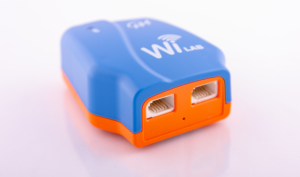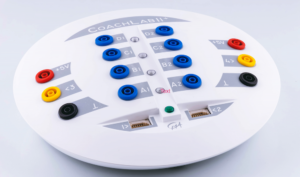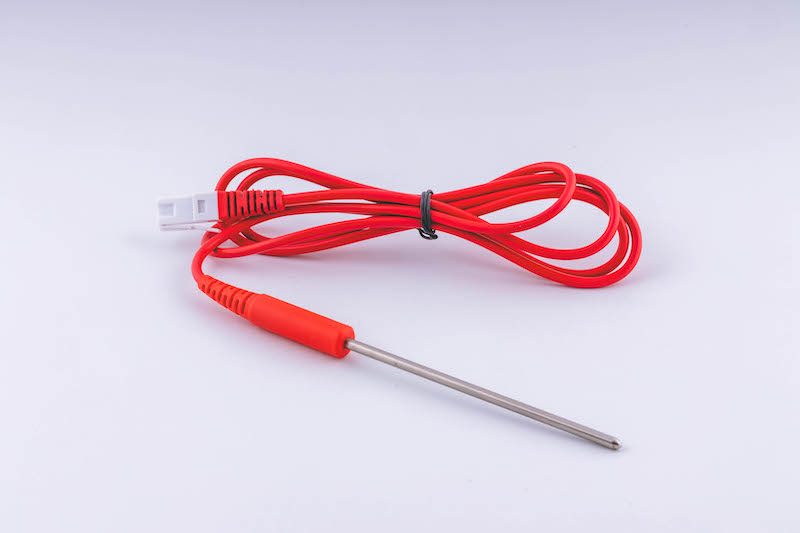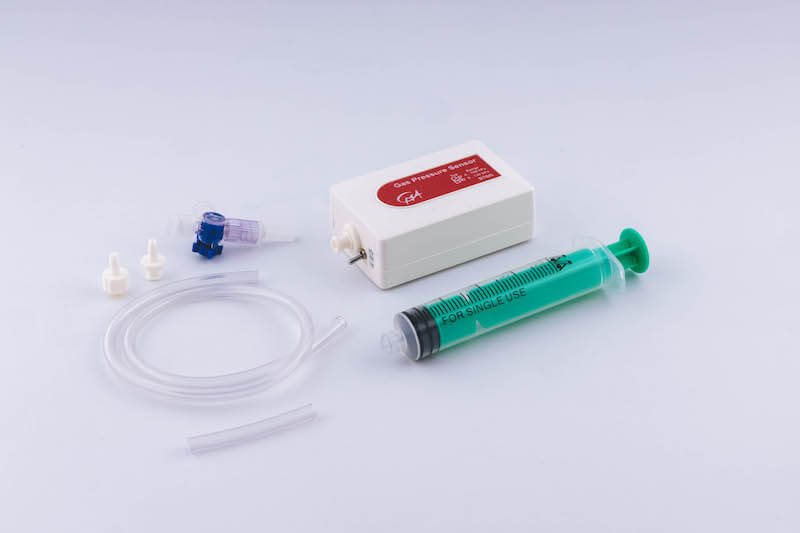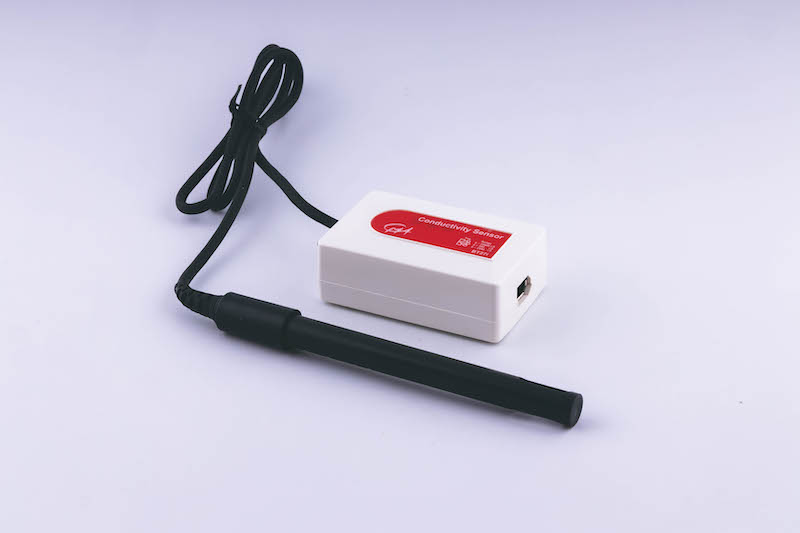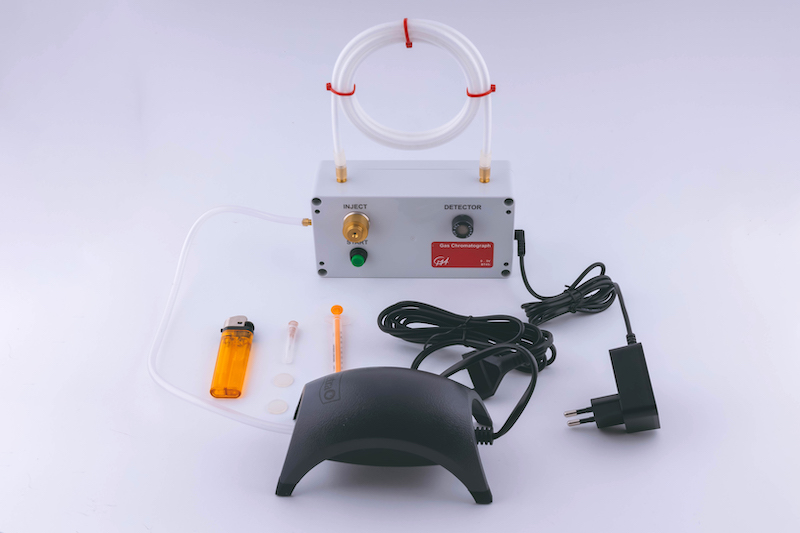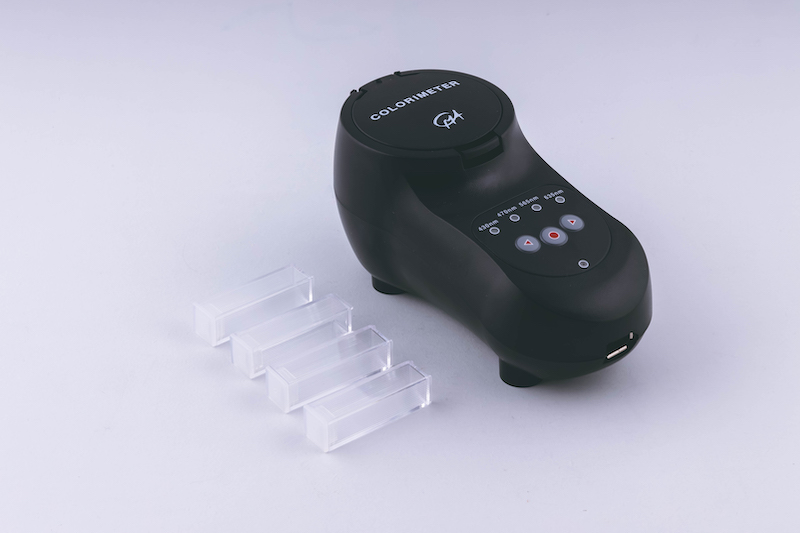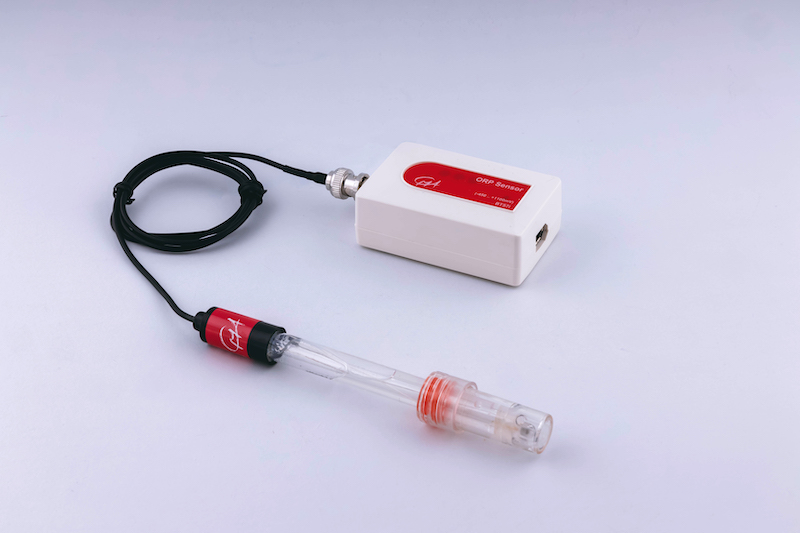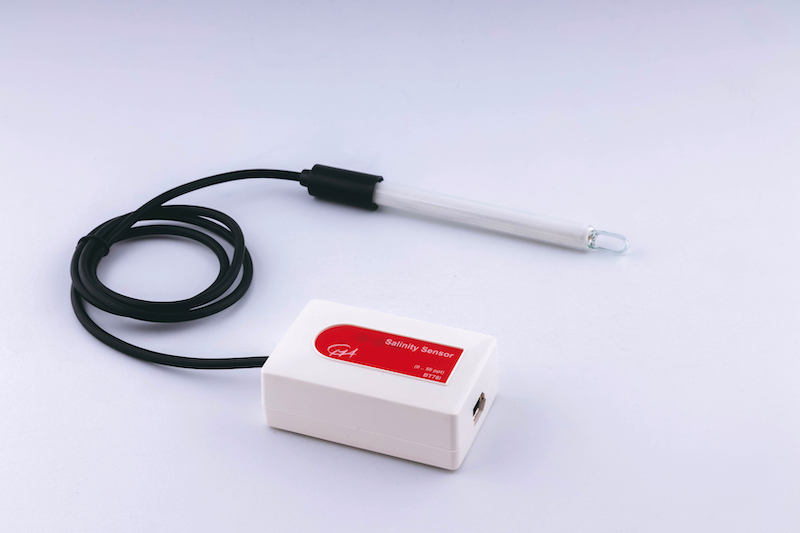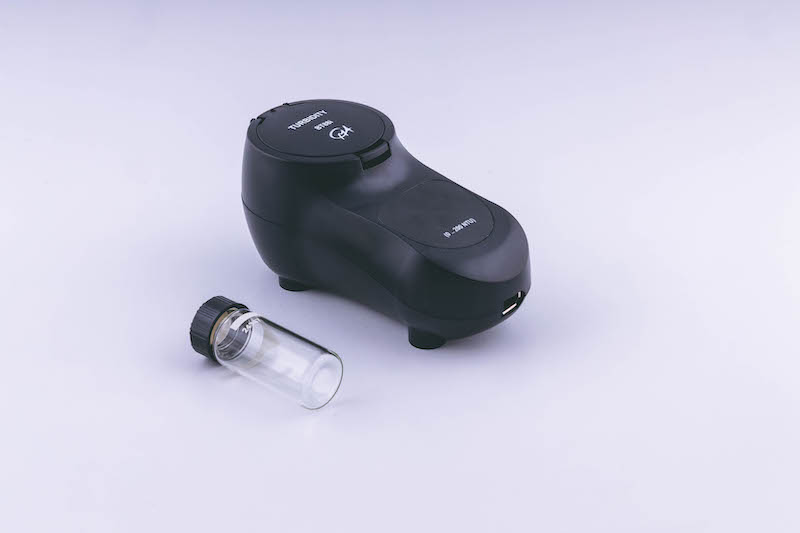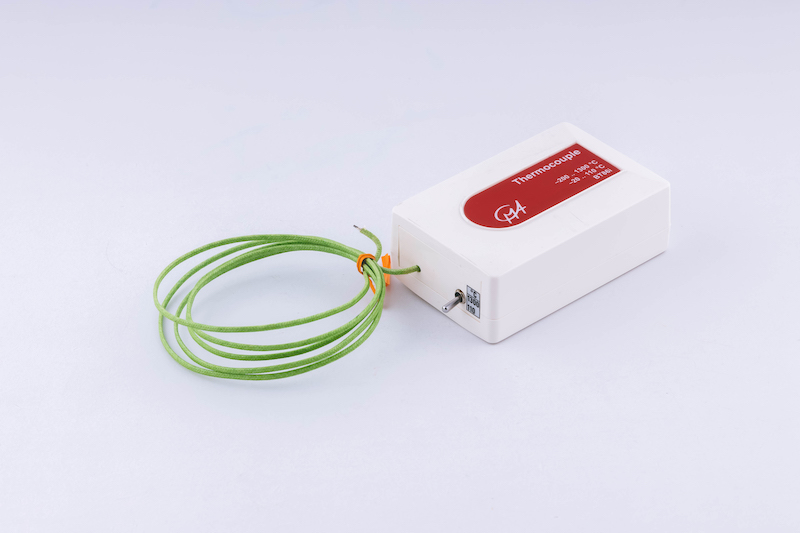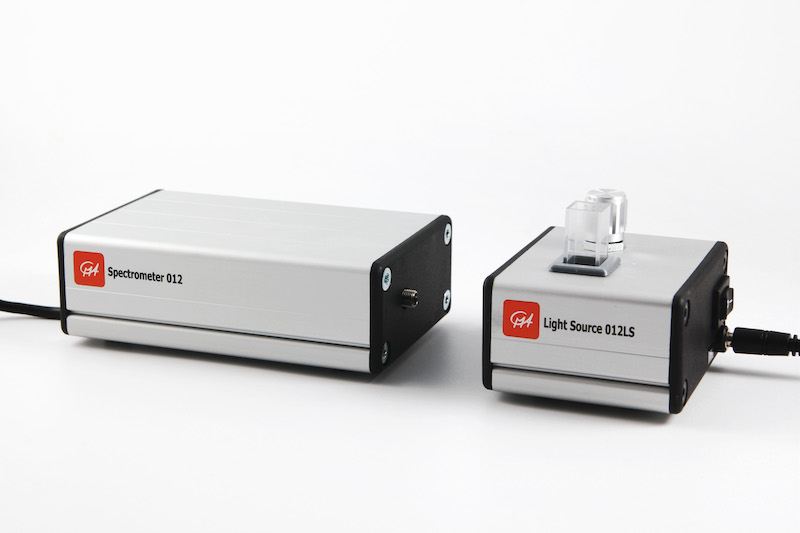To help you to bring technology, and authentic practical investigations and projects, into the Chemistry lessons we offer a solution, in which we combine software, hardware, and teacher support. Using our solution you can easily explore topics, such as Acids and bases, Chemical analysis, Chemical kinetics, States of matter, Redox reactions, Thermochemistry , and more.
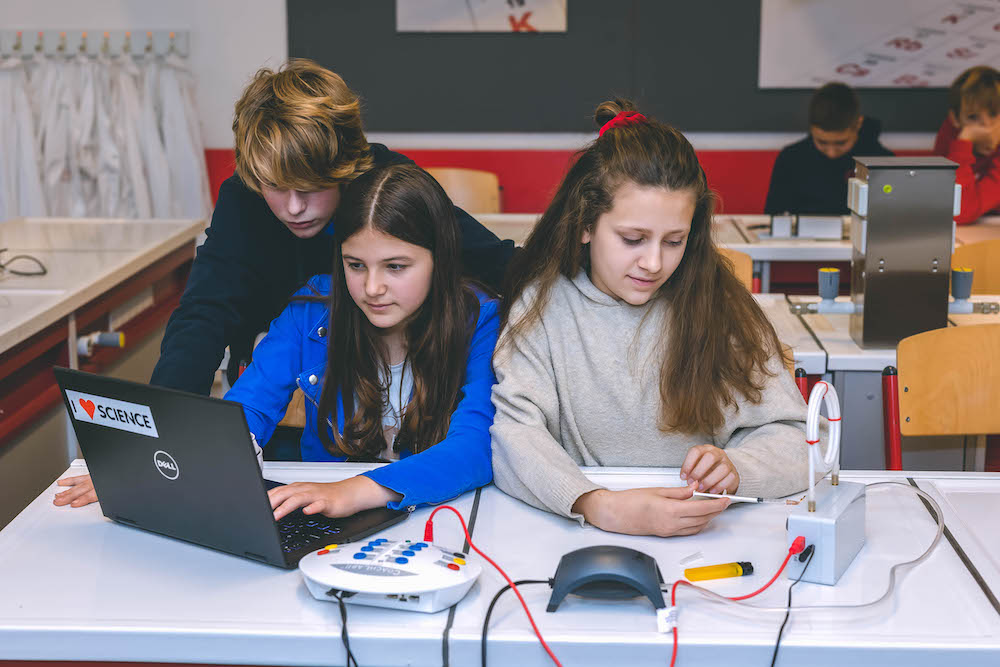
Coach 7
Software is the most important part of our solution. It drives the system and defines what and how you can use technology in your classroom. Our Coach 7 is the most versatile and complete software for Chemistry Education. It integrates a unique combination of tools, which resemble technologies used by “real” scientists. Students can work in much the same way as professionals do: collect high-quality, real-time data, construct and use computer models, use simulations and visualizations, and compare results from experiments, models, and theory.
Data logging
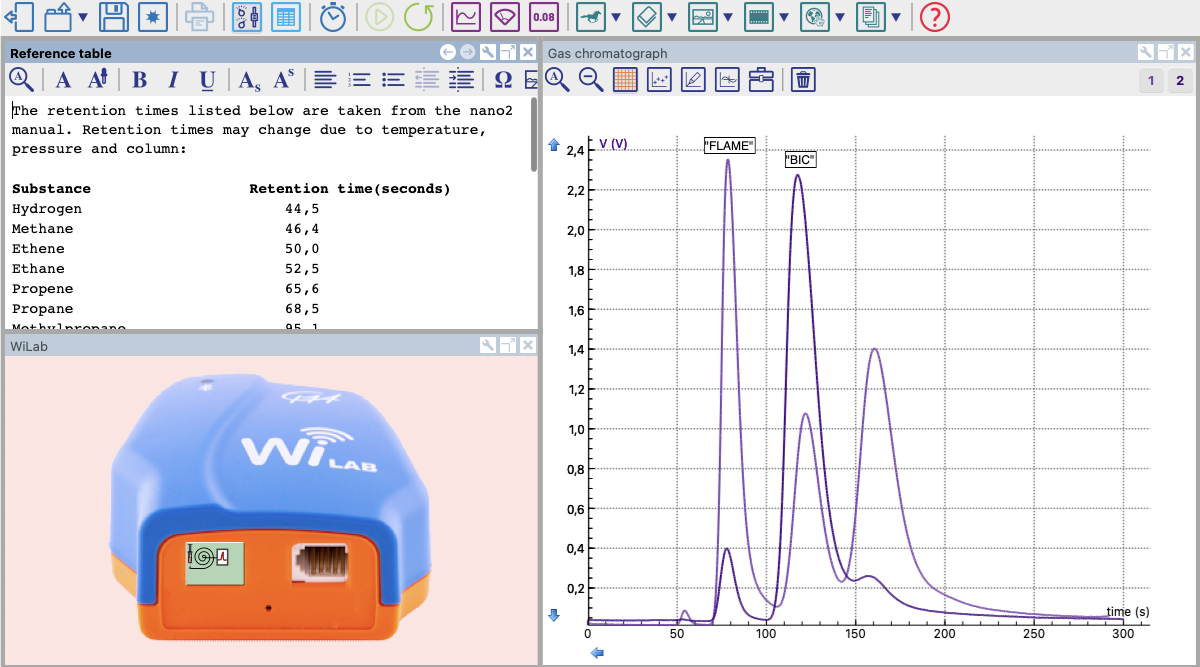
With an interface and sensors, many different chemistry can be carried out. Here an example of measuring retention times of different gases with gas chromatograph is shown.
Control
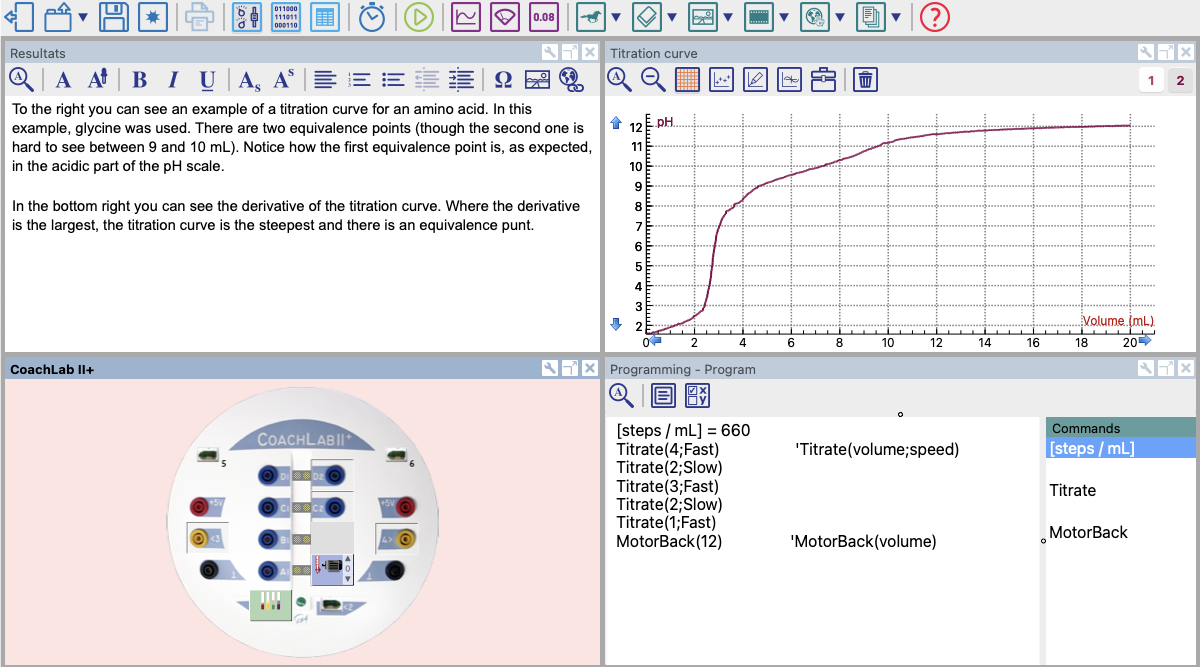
Using control the experiments can be automated or extended with actuators. Here an example of titration measurement with a step-motor burette is shown.
Spectrometer
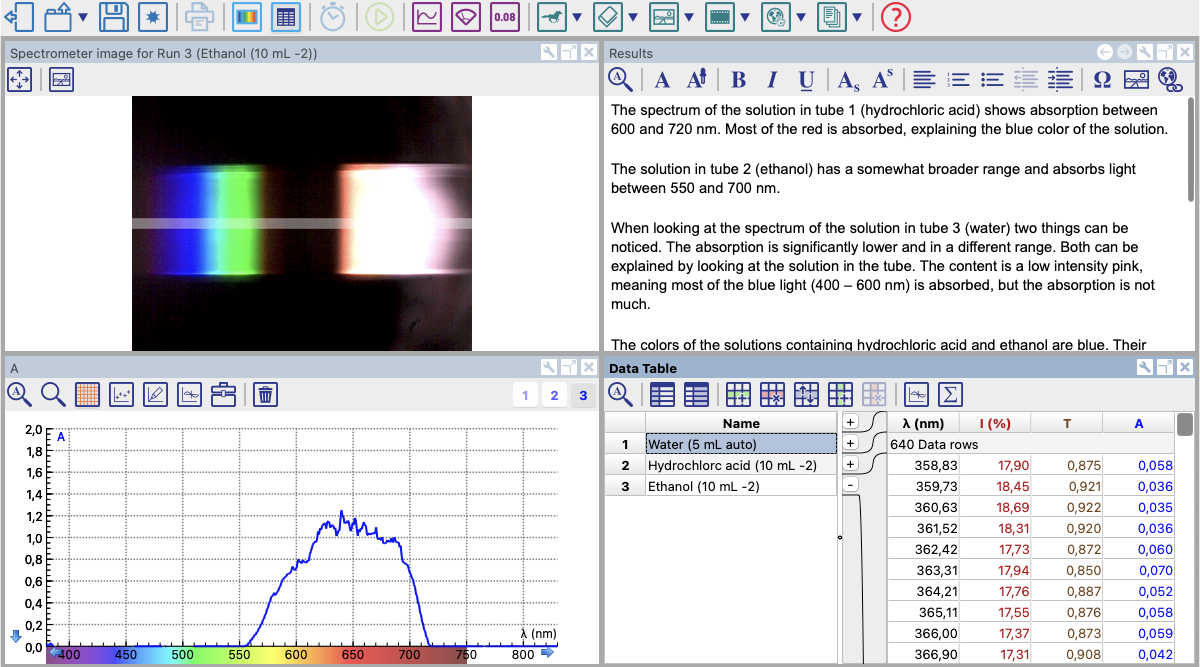
With the CMA Spectrometer Absorption spectra can be recorded and analysed. Here an example of using a spectrometer to study the dynamic equilibrium between hydrated and chlorinated cobalt(II) is shown.
Data Video

Videos of real objects’ motions and “difficult” experiments can be analysed. Here an example of measuring an amount of gas produced during the reaction between magnesium and hydrochloric acid is shown.
Modeling

Using and constructing computational models helps to understand theory and solve realistic problems. Here an example of modelling of the (equilibrium) reaction between NO2 en N2O4 is shown.
Data Analysis & Processing
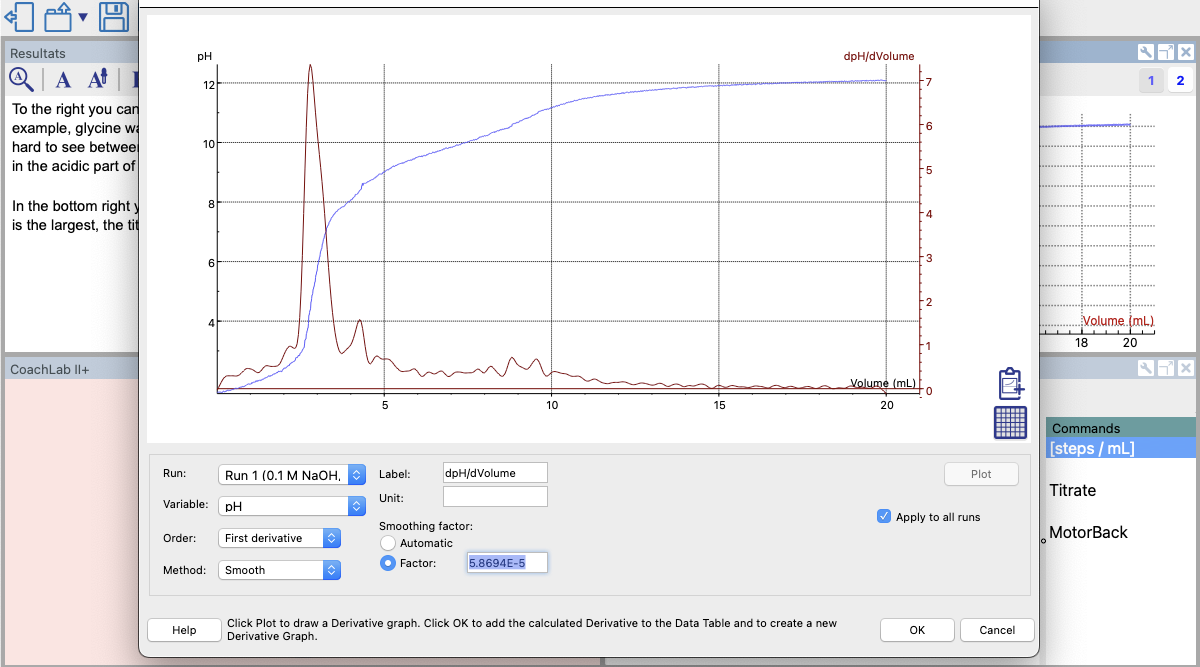
Many analysis and processing tools can be used to identify features and interpret data. Here an example of using a derivative function to determine the equivalence point is shown.
Animations
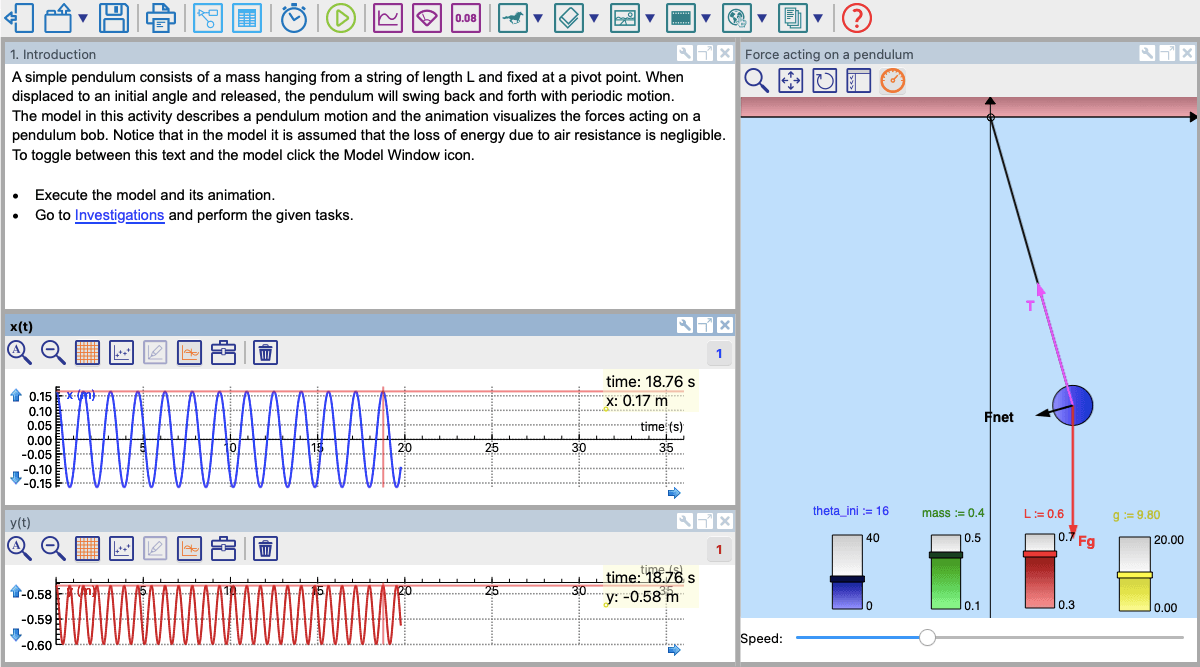
Using and creating animations helps to visualise phenomena and make connection to models or measurements.
Data Image
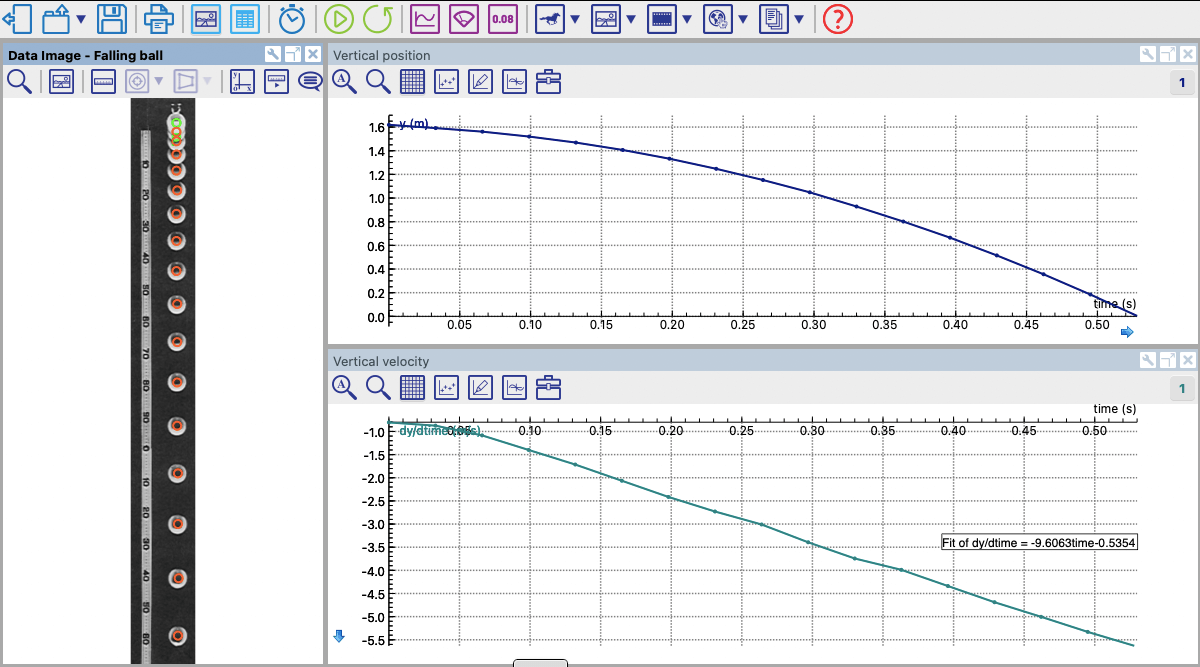
Shapes on photos or drawings and motion on stroboscopic photos can be analysed.
Spreadsheet
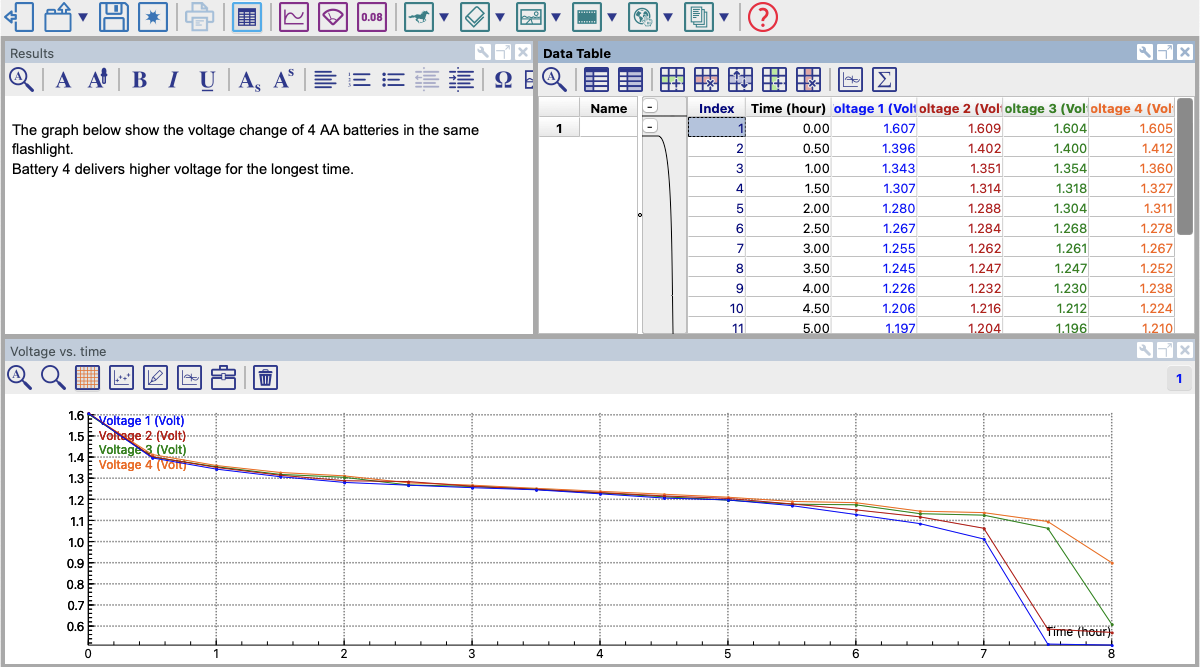
Can be used to work with data sets entered manually or imported from other resources.
Interfaces
All CMA interfaces are designed for use in Education. We offer a selection of interfaces ranging from simple, low-cost, up to powerful, advanced devices. This gives you a unique opportunity to select a device, which best suits your teaching needs. In Chemistry the following interfaces can be useful.
WiLab
Easy and affordable
Simple but powerful with two sensor inputs and built-in RGB LED and a buzzer. The best solution for mobile devices.
CoachLab II+
Robust and also for control
Our bestseller, USB lab interface, that offers a unique combination of sensor inputs and control outputs.
VinciLab 2
Portable and graphical
Modern, advanced, with a high sampling frequency, can be used standalone, with computers and mobile devices.
sensors
We have many sensors suitable to use in a variety of Chemistry experiments.
Lab equipment
We also offer additional lab equipment for easy use with our sensors.
Check all CMA lab equipment for Chemistry in our webshop.
Teacher Support
Teaching Resources
Our ready-to-go teaching and learning materials provide base and help you to start using technology in your lessons. Our activities can be incorporated in the teaching throughout the Physics curriculum.
Teacher Trainings
To help you to use technology and modern educational methods in your teaching we offer teacher training workshops and in-service trainings in the Netherlands but also internationally.
